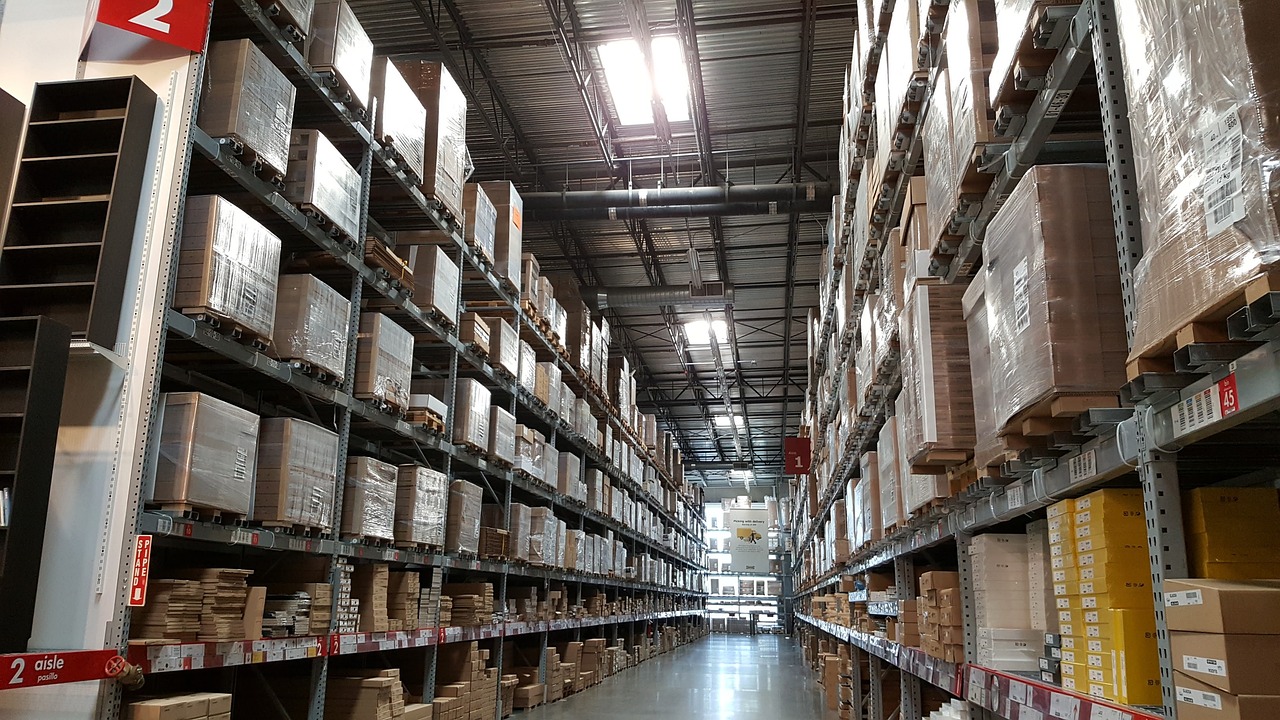
Amazon announces major adjustment to its inventory policy! No more “bidding”
The previously reported adjustment to Amazon’s inventory policy has finally been settled today! Amazon officially announced that a new inventory management policy will be implemented starting March 1st. The previous replenishment and quarterly storage limits will be replaced by a unified Amazon logistics storage capacity, which will determine the shipping and storage limits for sellers.
Four changes to the inventory policy: The new inventory management policy will have four major changes, including the cancellation of additional replenishment limits, the change of IPI assessment to once a month, a three-month storage limit forecast, and the ability to apply for additional inventory.
Specifically, replenishment and storage limits will be merged, using a single Amazon logistics storage limit. The single limit for each type of storage will determine the amount of inventory that sellers can send and store at Amazon’s fulfillment centers. The IPI assessment will be changed to once a month, and the corresponding limit will also be updated once a month, with a validity period of one month. In addition to the monthly confirmed inventory capacity, Amazon will also provide an estimated inventory capacity for the next two months, and sellers can subdivide the inventory types according to their inventory status and capacity source (initial capacity or additional capacity).
Some sellers have pointed out that the new policy is more friendly to new accounts and new sellers, with a more concise and clear process that saves a lot of effort. In the past, there were only two restrictions on the quantity and volume, but the impact factors of inventory capacity will increase under the new policy, including historical and expected sales, time required for goods to arrive at the warehouse, IPI score, and the ability to receive and store inventory. Sellers’ operations need to be more refined.
It is worth noting that the adjustment does not include the previously rumored “inventory bidding fee” policy. There have been reports that Amazon sellers who store goods in FBA warehouses will have to bid like advertising to get more storage space. However, several Amazon investment managers have denied this. And the current inventory adjustment policy does not include the concept of “inventory bidding fees”.
In addition, the storage limit manager is not a new product, and was launched during the 2022 peak season. According to the policy at the time, if a seller’s inventory performance index (IPI) score was below 400 points in both assessment processes in the fourth quarter of 2022, the seller would be subject to storage capacity restrictions in the fourth quarter. Therefore, Amazon launched the storage limit manager for US sellers. When the storage capacity is insufficient, sellers can apply for more FBA storage space for products with good sales, and use the sales brought by this space to win performance points, thus offsetting the cost of storage space.
Before the policy adjustment, Amazon repeatedly reduced the storage capacity for sellers, causing a large number of sellers to lament. Sellers were preparing to stock up during the Spring Festival, but due to the lack of storage capacity, they could only reluctantly take an early vacation. However, since last weekend, many sellers have reported that Amazon has started to greatly increase its storage capacity before the Lunar New Year.
In fact, some sellers had previously predicted that Amazon would likely release a large wave of storage capacity before the new storage management policy took effect, and it seems to be true now.
In addition to the storage capacity policy that takes effect on March 1, Amazon will also implement several new policies in the coming weeks that sellers need to pay special attention to.
The first is Amazon’s storage fees. According to an official announcement previously released by Amazon, the company’s new storage fee policy will take effect on February 1, 2023. Starting from February 1, 2023, during the non-sales peak season (January to September), the monthly storage fee for standard-sized products per cubic foot will increase by $0.04, and for large-sized products, it will increase by $0.03 per cubic foot. During the peak season (October to December), the monthly storage fee for large-sized products per cubic foot will increase by $0.20.
The second is the storage utilization rate surcharge. According to the announcement, starting from April 1, Amazon will charge a storage utilization rate surcharge for monthly storage fees. The surcharge is calculated based on the storage utilization rate, which is the ratio of the average daily inventory volume (in cubic feet) over the past 13 weeks to the average daily shipping volume (in cubic feet). The platform will calculate the storage utilization rate on the last day of the specific month. The overage inventory surcharge is the long-term storage fee. According to the announcement, starting from April 15, Amazon will increase the surcharge for inventory with a storage age of 271-365 days.
In fact, due to the rise in overseas logistics costs, labor costs, and other costs, many cross-border platforms had already raised the fees for their related services by the end of 2022. The series of fee changes have resulted in a continuous increase in sellers’ various expenses on the platform. According to a survey by Hugo Cross-border, compared to 2021, 71% of sellers have seen an upward trend in the fees they invest in cross-border platform-related services in 2022, 10% of sellers say they remained relatively stable, and only 19% of sellers say the fees have decreased.
In 2023, the operating costs for cross-border sellers are still a huge challenge. The increase in Amazon’s storage fees will bring certain cost pressures to sellers, and in 2023, the real challenge will be controlling the turnover rate of seller inventory.

